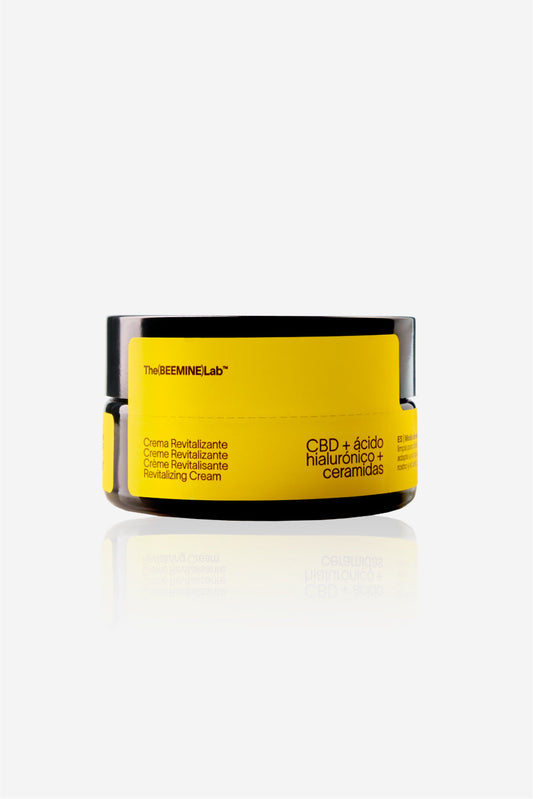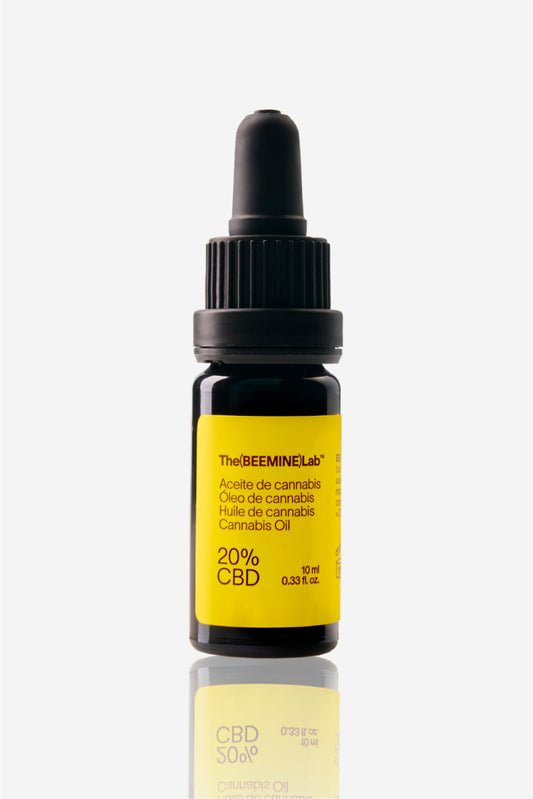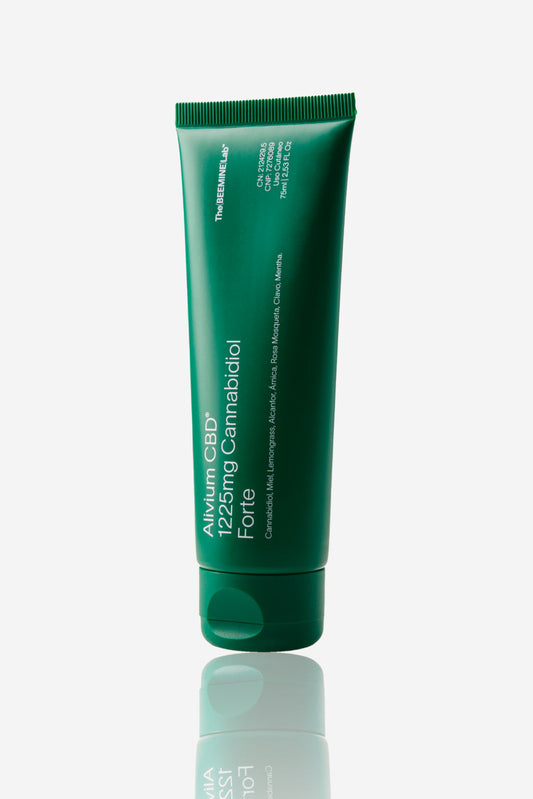Hemp, scientifically known as Cannabis Sativa since 1753 (named after the famous Swedish botanist C. Linnaeus ), is a plant whose use dates back more than 3000 years. Products derived from this valuable plant have had great economic, agricultural, industrial and medical importance throughout its history, however, its best-known uses are marijuana (a term most associated with its use as a recreational drug), textile fiber for making clothing, paper and other products.
The aim of this article is to help clarify the confusion that exists in the terminology surrounding Cannabis Sativa. This will make it easier for consumers to access beneficial products such as CBD oils , hemp cosmetics and ethical clothing made from this plant.
Difference between hemp and marijuana
Within the Cannabaceae species, we find 3 subspecies: Cannabis Sativa, Cannabis Indica and Cannabis Ruderalis. This clearly shows how the terms hemp and marijuana have been popularly adopted to differentiate, above all, the different uses of the plant and not necessarily its variety.
The term Cannabis encompasses all varieties of the plant, and therefore would be the most appropriate way to refer to any product. However, there are 2 words that people have clearly differentiated when referring to Cannabis:
- The term “ Hemp” is used to classify Cannabis plants with less than 0.3% THC concentration (psychoactive component). A synonym considers it as “non-intoxicating Cannabis”. Researchers have found that its use as a material has a history of more than 10,000 years. Its traditional use is in the manufacture of fabric for clothing, ropes, food (hemp seeds, protein, etc.), paper, construction material or cosmetics.
Within its use as food, its most therapeutic aspect is found in full-spectrum CBD oils, which are extracted from the flowers and seeds of the plant. Thanks to these products, the cannabis industry is expanding therapeutic use in particular and its other applications in general. Beemine products fall into this category.
- The term “ marijuana” , on the other hand, is used to classify cannabis varieties with more than 0.3% THC concentration, which generates psychotropic effects or the feeling of euphoria. There is great therapeutic potential in varieties with THC (which provides complementary benefits to CBD), however, it has been legally researched and marketed in a few countries such as the USA, where its use (especially medicinal) is becoming normalized almost to the point of reaching that of THC-free varieties. For more information on the therapeutic potential of cannabis oils rich in THC and CBD, the Netflix documentary “Weed the People” is very educational.

In conclusion...
The main difference between hemp and marijuana is simply that the former contains very little THC and the latter does. Although the “intoxicating” capacity of each is an important factor to consider, the use of the terms hemp and marijuana prevents the great diversity of varieties within the Cannabis family from being known.
This differentiation, although somewhat confusing, allows us to differentiate psychoactive strains (marijuana) from non-psychoactive strains (hemp) of Cannabis, in this transitional period in which the public is beginning to re-educate itself about the great utility of this plant.







